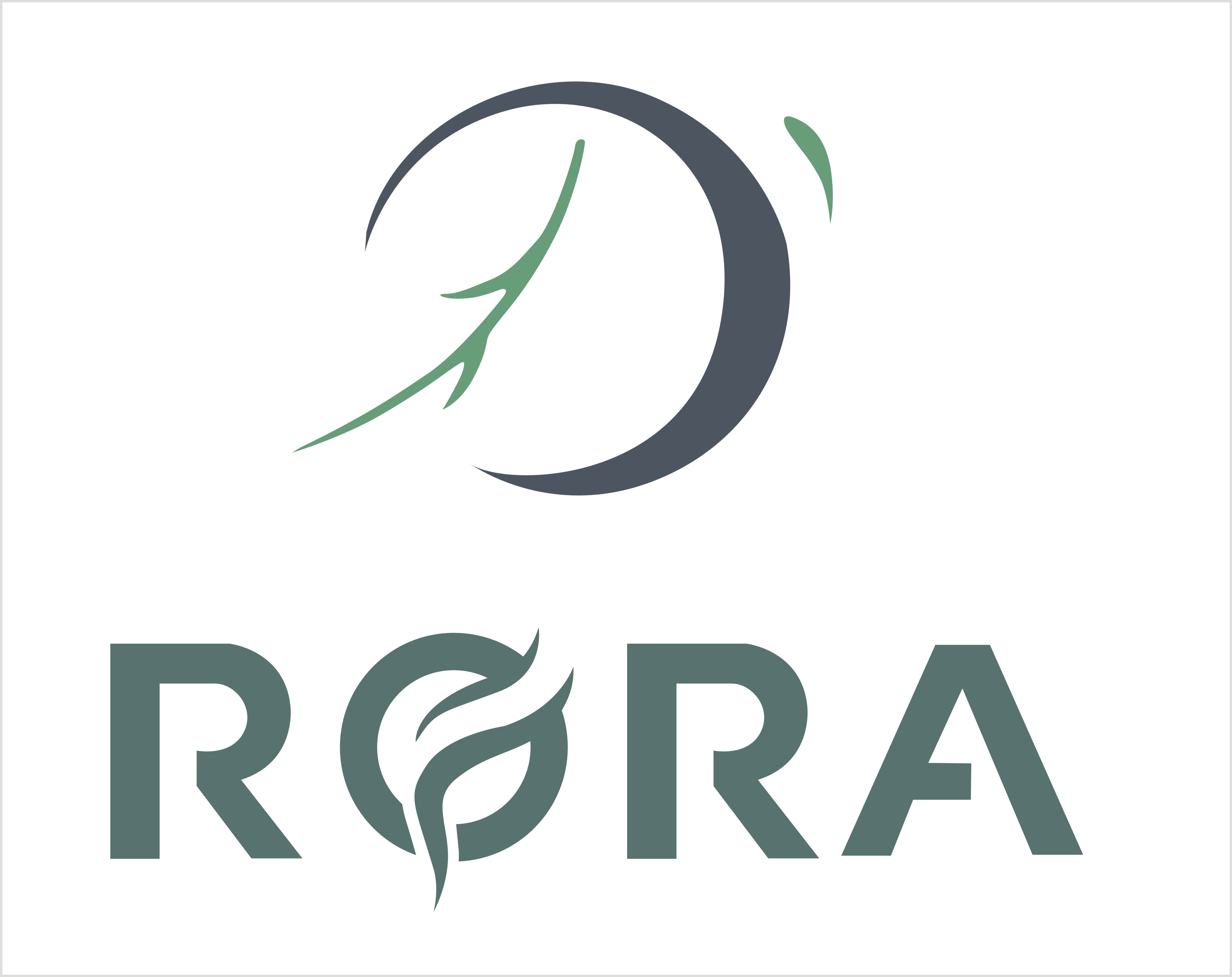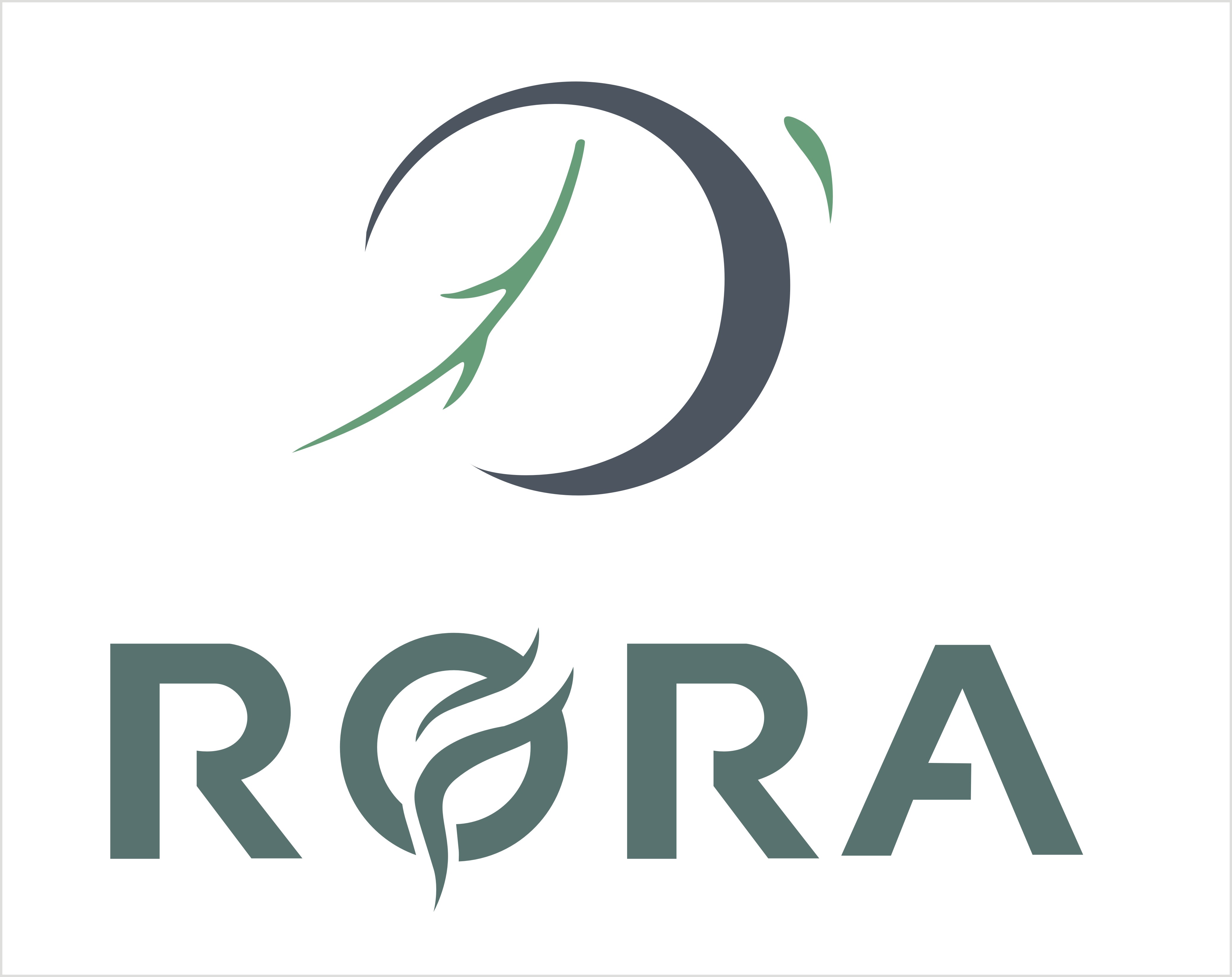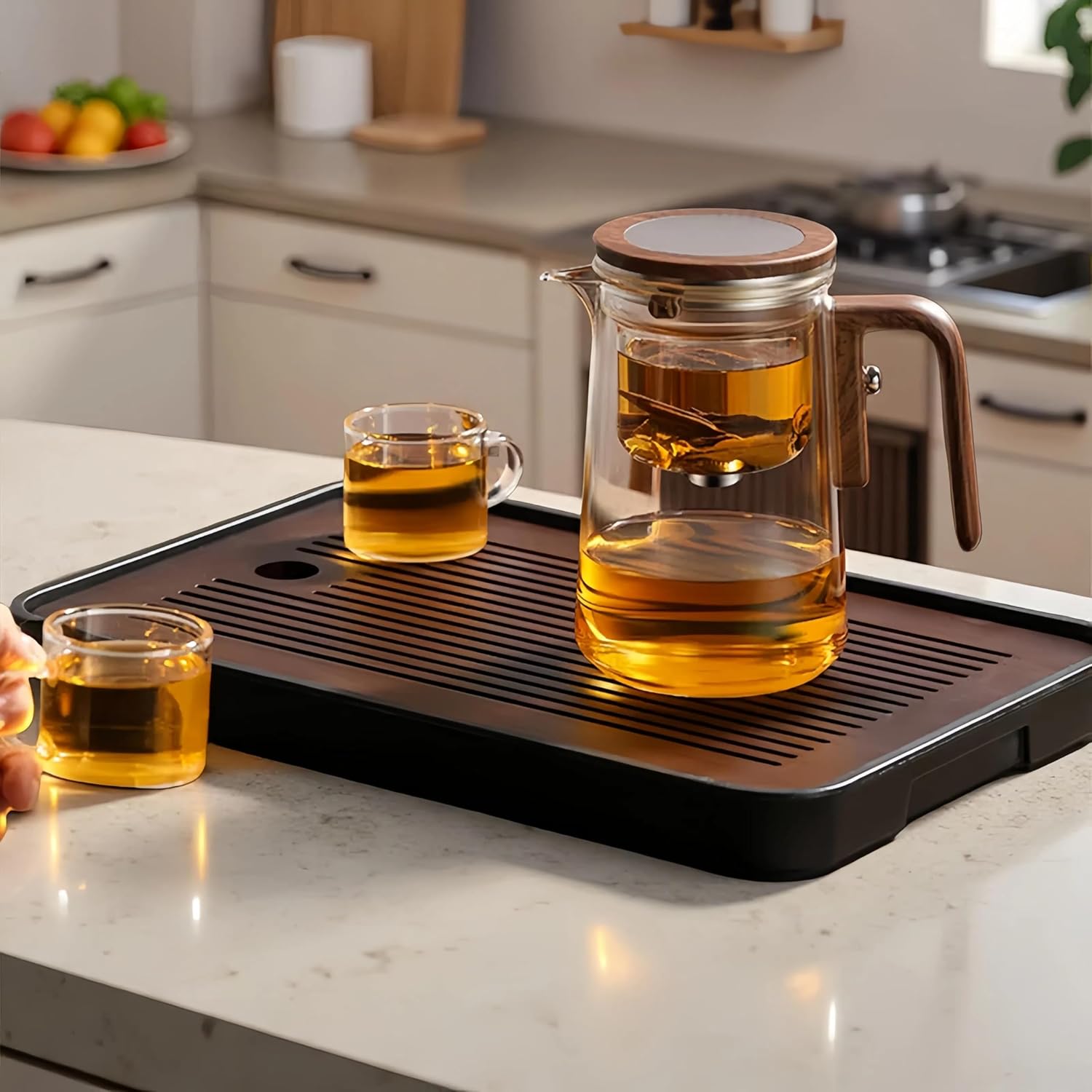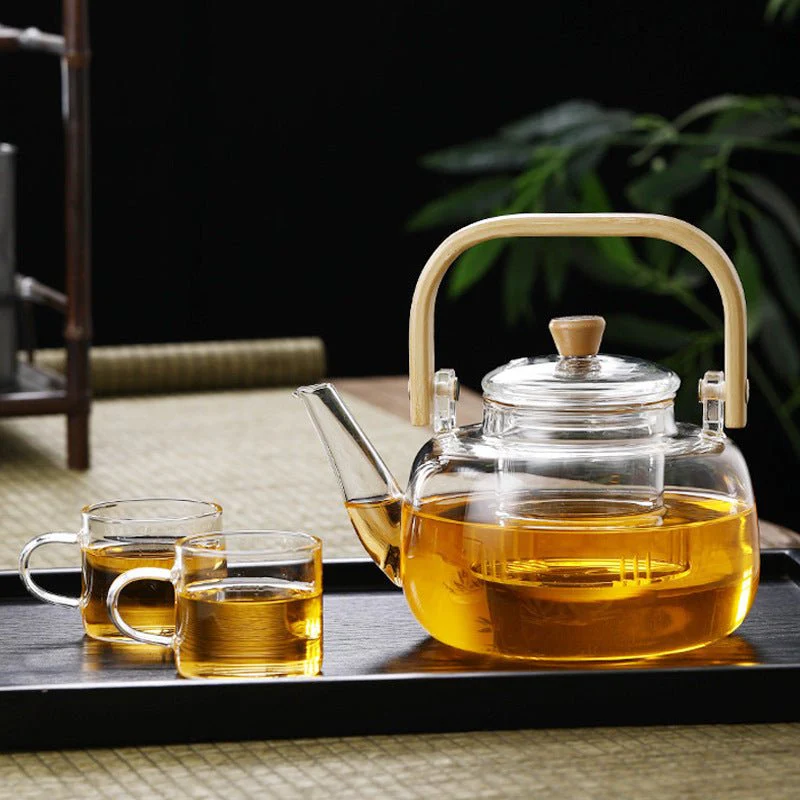What is the Good tea drinking habits
2025-08-04
Though tea leaves are just small leaves, they are imbued with so much cultural significance. Among the various aspects of tea culture, there are many small details that are also highly regarded and should not be overlooked.
What is the Details when “taking tea.” Why use a tea scoop to take tea instead of just grabbing it with your hands? A common practice is to take tea directly with your hands for convenience. Many people at home, for the sake of convenience, directly use their hands to take tea from the tea canister and place it in the teaware for brewing. When purchasing, they directly grab a handful of tea, smell it, and then put it back. Some people, when purchasing tea, will grab a handful of tea, hold it up to their nose to smell, and then put it back.
In fact, both of these practices are not advisable. First, they are unhygienic, and second, they are disrespectful and unrefined. Hygiene aspect. Hand sweat: Some people have sweaty palms, and tea leaves have strong absorptive properties. Using sweaty hands to directly grab tea leaves is not only unappetizing and unhygienic but also damages the quality of the tea broth. Moisture: Those who are particular about hygiene will wash their hands before handling tea leaves. If you simply rinse your hands with water, bacteria may still remain. If you wash your hands with detergent, the detergent residue may linger. When you then touch the tea leaves, the moisture and odor will be absorbed by the tea leaves, severely affecting their quality. Bacteria: Human hands come into contact with many objects daily. If they are not properly cleaned before touching tea leaves, the tea leaves may become contaminated with bacteria and microorganisms. Over time, this can cause the tea leaves to spoil, which is highly detrimental to health. Correct practice: Use a dedicated “tea scoop” to take tea. A “tea scoop,” also known as a tea spoon, comes in various shapes and sizes but serves one purpose: to hygienically take tea and place it into the teaware.
Tea scoops are made of materials such as stainless steel, wood, or bamboo. After use, wash and dry thoroughly. After washing the tea scoop, it must be dried in a well-ventilated, dry environment to prevent bacterial contamination. If too much tea is taken, it should not be poured back. When brewing tea, if too much tea is taken, it should not be poured back into the tea canister. This is because the tea leaves may have come into contact with moisture and impurities from the tea ware, causing contamination. If poured back into the tea canister, it will accelerate the deterioration of the entire batch of tea leaves. Correct practice: Place the excess tea leaves in a well-ventilated area to dry and consume them as soon as possible.
RORA-Your Trusted Partner in glass teapot
WhatsApp: 86181 1810 7551
Email: info@rora.top
What is the Details when “taking tea.” Why use a tea scoop to take tea instead of just grabbing it with your hands? A common practice is to take tea directly with your hands for convenience. Many people at home, for the sake of convenience, directly use their hands to take tea from the tea canister and place it in the teaware for brewing. When purchasing, they directly grab a handful of tea, smell it, and then put it back. Some people, when purchasing tea, will grab a handful of tea, hold it up to their nose to smell, and then put it back.
In fact, both of these practices are not advisable. First, they are unhygienic, and second, they are disrespectful and unrefined. Hygiene aspect. Hand sweat: Some people have sweaty palms, and tea leaves have strong absorptive properties. Using sweaty hands to directly grab tea leaves is not only unappetizing and unhygienic but also damages the quality of the tea broth. Moisture: Those who are particular about hygiene will wash their hands before handling tea leaves. If you simply rinse your hands with water, bacteria may still remain. If you wash your hands with detergent, the detergent residue may linger. When you then touch the tea leaves, the moisture and odor will be absorbed by the tea leaves, severely affecting their quality. Bacteria: Human hands come into contact with many objects daily. If they are not properly cleaned before touching tea leaves, the tea leaves may become contaminated with bacteria and microorganisms. Over time, this can cause the tea leaves to spoil, which is highly detrimental to health. Correct practice: Use a dedicated “tea scoop” to take tea. A “tea scoop,” also known as a tea spoon, comes in various shapes and sizes but serves one purpose: to hygienically take tea and place it into the teaware.
Tea scoops are made of materials such as stainless steel, wood, or bamboo. After use, wash and dry thoroughly. After washing the tea scoop, it must be dried in a well-ventilated, dry environment to prevent bacterial contamination. If too much tea is taken, it should not be poured back. When brewing tea, if too much tea is taken, it should not be poured back into the tea canister. This is because the tea leaves may have come into contact with moisture and impurities from the tea ware, causing contamination. If poured back into the tea canister, it will accelerate the deterioration of the entire batch of tea leaves. Correct practice: Place the excess tea leaves in a well-ventilated area to dry and consume them as soon as possible.
RORA-Your Trusted Partner in glass teapot
WhatsApp: 86181 1810 7551
Email: info@rora.top




